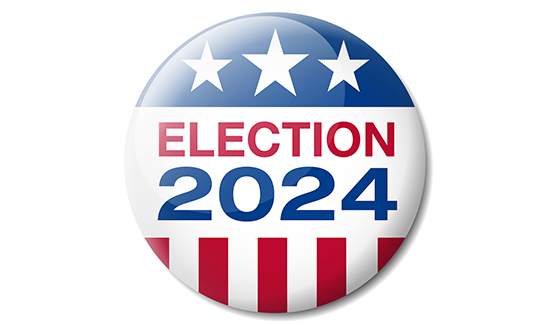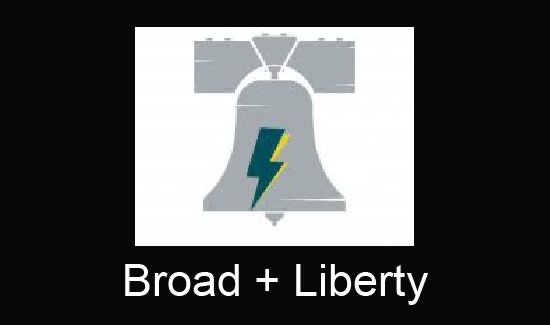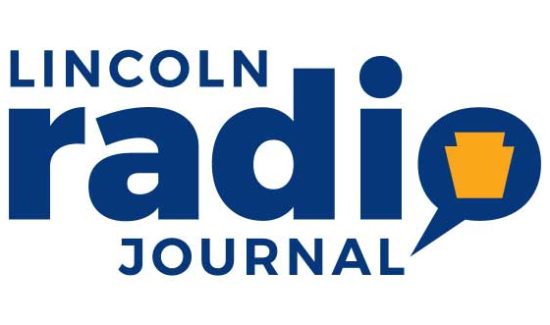PA Taxpayers Being Railroaded Again

A much-vaunted agreement to spend $200 million of public money to upgrade a Pennsylvania rail line — ostensibly to facilitate the expansion of Amtrak passenger rail service between Pittsburgh and New York City — sounds like a great deal. For the Norfolk Southern Railway, that is.
But it’s a raw deal not only for Pennsylvania taxpayers but also sound business practices, concludes an analysis by the Allegheny Institute for Public Policy.
“While safety improvements are always welcome, especially in the wake of Norfolk Southern’s cargo train derailment in nearby East Palestine, Ohio, earlier this year, expanding a passenger rail service should have been the responsibility of the rail company itself and not the taxpayers of Pennsylvania,” says Frank Gamrat, executive director of the Pittsburgh think tank (in Policy Brief Vol. 23, No.34).
The Pennsylvania Department of Transportation (PennDOT) announced the deal last week. And while it’s a dubious dive in taxpayers’ pockets, it is not without precedent in Pennsylvania. Bad precedent, that is.
For this is not the first time the rail companies have dipped into taxpayer pockets. A decade ago, Amtrak threatened to suspend service from Pittsburgh to Harrisburg, and on to New York, unless the state came up with a subsidy of $5.7 million, half the annual cost.
The state capitulated and provided Amtrak with the money through Act 44 of 2007, which mandated that the state Turnpike Commission pay PennDOT $450 million annually via toll increases.
“That service was aboard the Pennsylvanian, the same service that is being expanded with the new subsidy,” Gamrat reminds. “But as we noted then, passenger counts did not justify the subsidy, and it is still not justified.”
Thus, this agreement “should be met with serious skepticism,” the Ph.D. economist notes.
“Upgrading safety measures to prevent derailments is a worthwhile investment. But these rail lines are privately owned. Norfolk Southern will be reaping the benefits and should be required to perform maintenance and upgrades,” Gamrat says.
Lest we forget, Amtrak already is publicly subsidized. Further subsidies should be a non-starter.
“Adding another passenger train to run through Pittsburgh makes no sense considering the substantial decline in passengers at that station using either the Pennsylvanian or Capitol Ltd.,” Gamrat reiterates.
“The customer base for rail on this route is severely limited.”
And lest we forget, too, that cross-state travel, Pittsburgh to Philadelphia, by automobile is significantly faster – 5 hours by car versus 7.5 hours by train.
“Moreover, the cost to travel by automobile is likely lower than a [train] coach class ticket cost of $86 and a business class ticket at $121. By car the Turnpike’s EZ pass toll is $35 and fuel costs likely to be around $45,” Gamrat calculates. “Compared to business class, the driving cost would be significantly lower.”
By the way, these comparisons do not take into account the advantage of being able to drive directly to the destination in the Philadelphia area.
“Indeed, for most people in Allegheny and surrounding counties the inconvenience of getting to the downtown Pittsburgh station, dealing with luggage, parking or paying for a taxi all add up to additional time and unnecessary expense compared to driving,” the think tank scholar stresses.
“Little wonder then that there hasn’t been any significant growth in passenger counts in recent years. The absence of rising demand for train travel severely undermines the claim that another passenger line is warranted.
“The $200 million could be put to much better use,” Gamrat concludes. And not padding the pockets of Norfolk Southern.
Colin McNickle is communications and marketing director at the Allegheny Institute for Public Policy ([email protected]).






